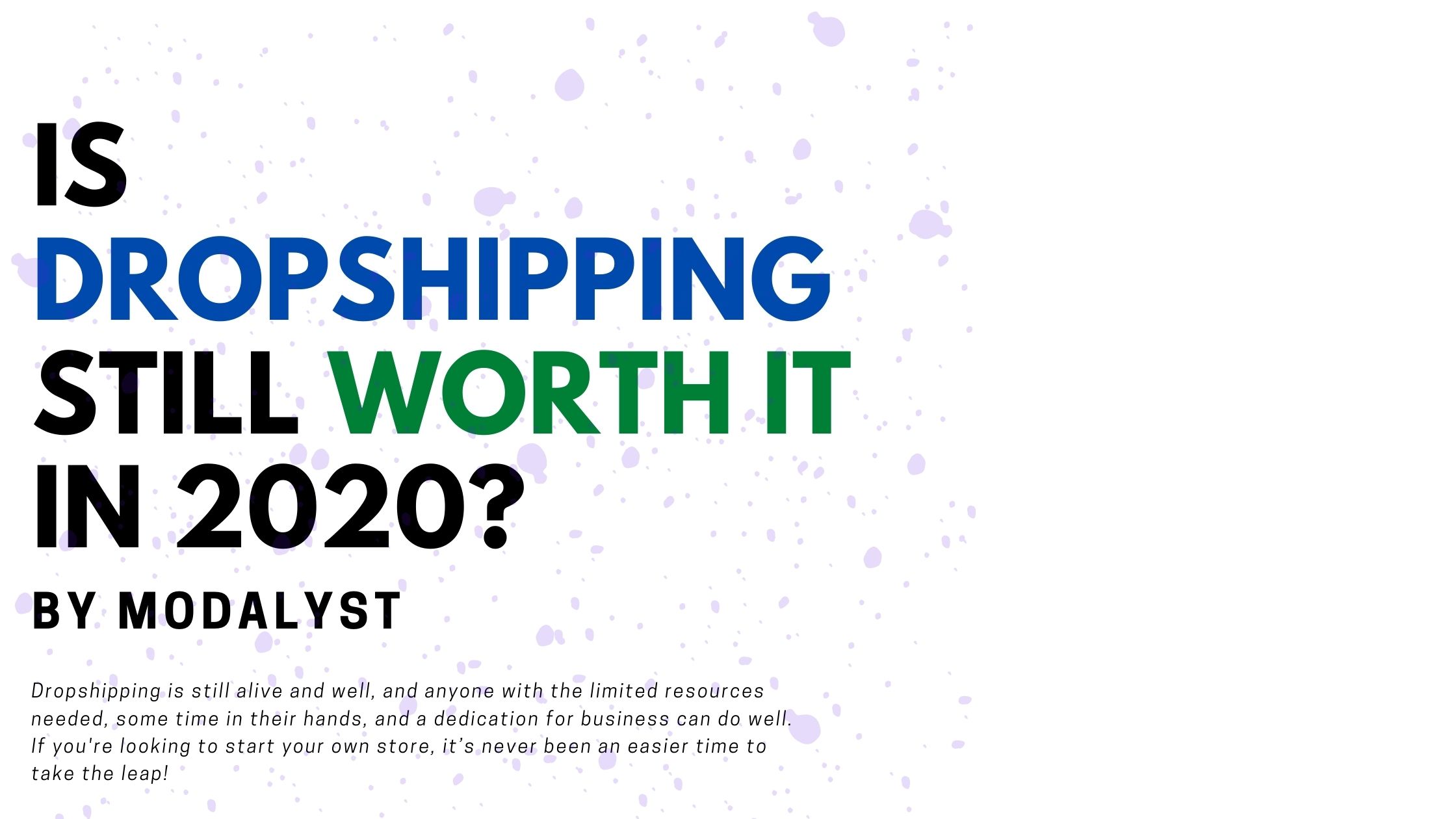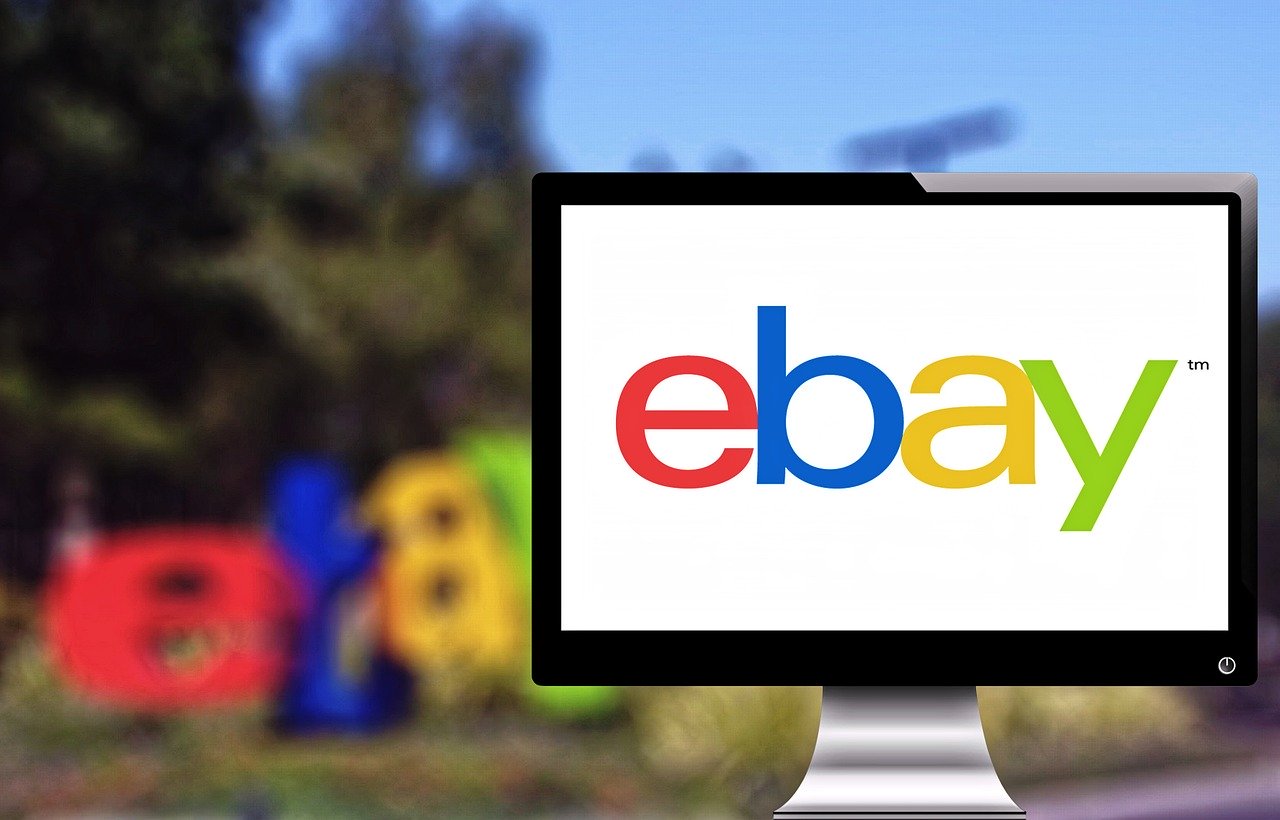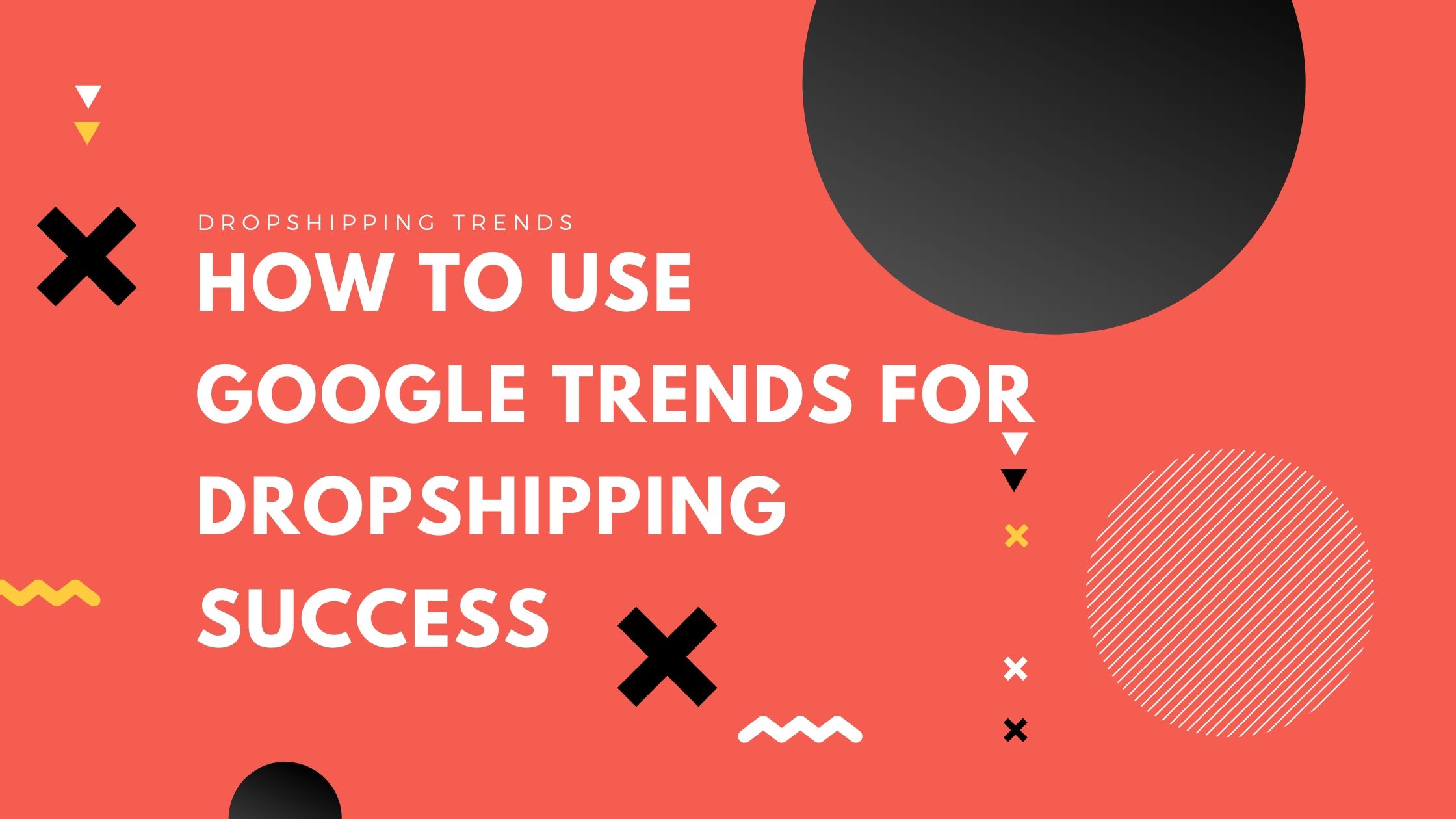Dropshipping is easily one of the most trendy business opportunities on the web over the last decade.
Many entrepreneurs have been in this industry since the 1950s, when mail order companies were born. These businesses consisted of mailing catalogs to every corner of the country and receiving orders and payments by mail.Then these orders, in many cases, would be outsourced to a warehousing and distribution company, who would pick, pack and ship the goods. This part of the value chain was known as the drop shipper. Many door to door salesmen also used drop shipping manufacturers and distributors to fulfill customer orders.
Fast forwarding a few decades later, Amazon became one of first to drop ship on the web, using Seattle based book distributors to send orders directly to online shoppers. Amazon used drop shipping so successfully that it grew into the world’s largest retailer. Today Amazon has its own warehousing facilities, but still utilizes drop shipping for some of its products.
So, with 2020 arriving, it’s time to ask, is dropshipping worth it this year and this decade?
Before we answer the question, let’s define what dropshipping is and how it works.
Dropshipping defined
What is dropshipping?
In this type of ecommerce business model, three separate parties are involved: the buyer (of the product), the drop shipper (the seller of the product), and the supplier (the manufacturer or third-party in possession of the product). The dropshipper markets and sells directly to the buyer, and then sends the order details to the dropshipping supplier. The supplier accepts the order and then drop ships the product directly to the buyer.
In essence, the seller of the product doesn’t need to warehouse or fulfill the product direct the product to sell it to the buyer. The drop shipper merely connects the buyer and manufacturer, oftentimes without the buyer knowing that the seller and manufacturer are not the same party.
This is the big difference between drop shipping and other means of retailing since the seller does not stock any products but depends wholly on the third party to fulfill its retailing needs.
How dropshipping works
The typical first step in starting a dropshipping business would be to set up an online store. Fortunately, creating a store has never been easier, as many vendors, including Shopify and Wix, offer support on starting one.
Once the store is set up, you can either seek suppliers in a specific area or use applications to connect the store with suppliers based on your dropshipping business ideas. The store is now well equipped to take orders from clients. After receiving orders and confirming that all details are correct, the next step is to deliver the order to the supplier. The supplier then ships the product to the client directly.
Another different approach is buying dropshipping products on an online store, for example, Amazon, and dropshipping them on another site, like eBay. Dropshipping on eBay, of course, has a lot of restrictions depending on the online platform used. It is, therefore, essential to be familiar with how to dropship on eBay before pursuing this fulfillment strategy.
What brings in the money?
As previously established, the drop shipper doesn’t have direct contact with the products. By merely sending the order to the supplier and shipping information to the buyer, how would you make money? Let us see what costs are incurred first, then what brings in the profit.
Since this is an online store, the only apparent cost is maintaining a website. Some of the website costs are creating an online store, getting a domain name, and sourcing products connected to your sites such via Modalyst, Oberlo and Dropified.
Just like any other business, another cost is marketing. The most common means of marketing online are social media ads, display ads, and search engine marketing (SEM). In the long run, other marketing methods like search engine optimization and content marketing would be added to the mix.
The business will also have to incur customer support costs whenever issues with the product or delivery occur. You will also have to pay the supplier the price indicated for their product.
Dropshipping websites earn money on the difference between the amount the client pays and the supplier’s price. The product must be priced a bit higher than the suppliers’ bid to make a profit. As a general rule, the margin must be high enough to cover the other recurring costs while not being too expensive.
Is dropshipping legal?
Good news: dropshipping online is perfectly legal!
There are no existing laws barring anyone from running a drop shipping company. Depending on the country, however, some regulations govern how such activities are run. For people who drop ship between online platforms, there are also a few additional regulations for each website.
It’s crucial to know these restrictions beforehand and to use them to your benefit (within legal means, of course!)
Has dropshipping died in the last decade, or is it still going strong?
This is a question every drop shipping website has to answer very often on surveys and social media and is a hot topic on question-answer websites such as reddit. As most of the tech sector does, new methods emerge ever so frequently and always lead to the death of the old.
Is dropshipping on its way to the grave then?
Absolutely not! Learning how to start a dropship business is still going as strong as ever. In fact, the industry has been on a steady increase despite taking a slight dip in 2018, according to Google Trends data. The business is doing well both in the US and all over the world. The graph, focused on the last five years alone, shows that many people still view dropshipping favorably and even has a bright future ahead.
Now that it’s clear that dropshipping is still an in-thing in 2020 and probably the decade, here are a few reasons why the prime time to jump on the train is now:
Benefits of dropshipping
1. Close to zero initial capital required
Aside from the costs incurred in setting up a website and a little on marketing, there are no upfront costs needed, such as getting office space and equipment.
2. Online marketing is getting easier to do
Even if you have zero experience doing online marketing, there is a lot of content online created to help you. If you’re the adventurous type, online courses and coaches are in oversupply on the internet. For a more hands-off approach, plenty of marketing managers and full-service companies are there to help at a price you can afford.
3. Manufacturers and shippers are embracing dropshipping
Although most of these companies seemed skeptical at first, more and more are getting on board. Why? Dropshipping opens up a market that they wouldn’t have accessed on their own. If it helps to sell, why not add it to the options available?
4. Online payments are more effective
As internet technologies are getting better, so are online payment technologies. These payment options are becoming more accessible, more reliable, and more secure, gaining the trust of the clients and online drop shippers alike. These methods are also available in most countries across the globe, reducing the limitations and opening up the market.
5. Ecommerce is wildly growing
More and more people are getting connected to the internet and are getting addicted to their devices. As the internet time every day is getting more, so is ecommerce. Many people prefer ordering items online and getting them delivered to the doorstep. If you can provide such a service, then you are on the winning side.
Advantages of running a dropshipping business
Without a doubt, dropshipping is a very valid business model for 2020. But what are the benefits of running such an enterprise? Here are some of them:
Minimal capital is required to run
This is probably the most significant drop shipping benefit. It is now almost effortless to launch an online store and run a dropshipping business without investing a lot of capital into it. This is because, unlike traditional companies, there is no need to acquire inventory, and there are virtually no overhead costs to take care of. The dropshipping model allows you to get started immediately, shipping products whenever they are needed. It is also less risky since you have no inventory to worry about from threats like theft and spoilage.
Easy to get off the ground
Dropshipping takes the stress out of running an e-commerce store. Since the dropshipper has no contact with the products, there is no need to fret about packaging, tracking, and the delivery of the products to the client. There is even no thought of stocking and restocking and managing a warehouse. Seems easy enough already!
Low overhead costs
Many dropshipping businesses are run from homes and coffee shops with little more than a functioning laptop and a working internet connection. Overhead costs typical to a traditional store such as purchasing stock and maintaining a warehouse are unheard of. Apart from a few recurrent expenses, the cost of running a dropshipping business is relatively low. Even if the company upscales, the rise in expenditure still leaves more profit on the plate compared to traditional storefronts.
High level of flexibility
A dropshipping business can be run anywhere in the world with access to a computer/ mobile device and an internet connection. As long as customer orders are taken smoothly and products delivered with smooth communication, the business is good to go from anywhere comfortable.
Many niches available to choose from
You can sell anything you want on the internet, period! Since there is no pre-ordering of stock, you can choose to offer a wide range of products on your site to choose from as long as the supplier has them in stock. Some drop shippers prefer to specialize in a specific niche without much competition, but that is entirely up to you. New products are also launched almost daily, so the list of opportunities to choose from is never short.
Testing new products is easier
Unlike traditional stores that stock up on their items before selling them, drop shipping test products is significantly more comfortable. A whole line of products or even single ones can be tested in the market without stocking on them, reducing the potential danger of buying an item rejected by the market. Since there is no commitment to purchase stock, if the product does not work in the market, no enormous losses are incurred. If the market also accepts the products, they are ordered on request- the minimal risk involved.
Easier to upscale
More orders usually mean more work for traditional retailers as they have to put in more work to get the additional requests done. This is not the case for dropshipping companies. Apart from the need to get additional customer support staff and a few other sales requirements, drop shippers generally have an easier time upscaling their businesses. The further orders are handled by the manufacturer or supplier of the product, allowing the business to grow with minimal effort and investment.
Is Dropshipping profitable?
An honest answer is both a yes and a no.
Why yes? The dropshipping business model is highly rewarding for those who have the dedication to make it work for them. And it will definitely not be so for those looking at it as a quick cash-making mechanism because it simply isn’t.
The right approach to drop shipping would be to check up on the ideal profit margins you want to make and whether you’re willing to put in the work (a lot of work, mind you) to make it a reality.
A few challenges to note before embarking on a dropship lifestyle.
We’re sorry if we’ve made setting up a dropshipping site look so glamorous! Drop-shipping, too, has a downside. Here’s what to expect:
Profit margins are low
Since dropshipping doesn’t require a lot to start, the barrier to entry for competition is very low. Competing stores go for the lowest prices in the market just to stay afloat. This means that the stores are willing to sacrifice profits in the race for customers, and hence to make a decent profit, they need to sell a lot of items.
Most stores operate on the bare minimum- low-quality service, less customer service, and sometimes even lower quality products. This doesn’t mean that prices won’t be compared – in fact, they usually are.
A good rule of thumb when setting up a site is choosing a niche with lower competition (in volume) and higher ticket sizes to carve out a decent unit profit.
Inventory complexities
If you were running your own store, it would be easy to know when an item was out of stock or no longer in production. Real-time management of stock is a pain in the neck for retailers, especially when dealing with multiple warehouses and on items that quickly go out of stock.
In the recent past, however, developments in the industry have alleviated the problem by syncing drop shippers and suppliers. These apps allow the dropshipper to check the amount of stock the supplier has in real-time. Some like Oberlo even make automated decisions on your behalf. This includes taking the product off the site or marking it as out of stock on your store.
Shipping can be problematic
Transportation is one of the biggest nightmares for the dropshipping industry. As much as you may want to provide the best services for your clients, the shipping process is in the hands of the supplier. If you work with multiple suppliers, shipping products from different suppliers to the same client becomes a bit complex and comes with added costs.
Suppliers can make mistakes
Everybody makes mistakes, and suppliers have their fair share of errors. From low-quality items and bad packaging to missing or damaged items, suppliers can make blunders that may ruin your store’s reputation. Most of the time, you may have to personally take the blame and apologize for supplier errors, which, in most cases, you had no part in!
Customization and branding options are limited
As already stressed enough, drop shippers have no contact with actual products. This implies that there are few options to custom-make items and deliver them to the client as these are often done by the supplier.
Making changes to products also requires a significant number of items to be economically valuable, which your orders may not reach. Sometimes, the supplier may accommodate these changes, but these decisions are entirely at the supplier’s hands.
Final thoughts
All the facts have been laid plain on the table. All the benefits, the downsides, and the processes have (hopefully!) been greatly simplified. All this dropshipping business may seem overwhelming at first. Still, once you get the hang of it, you’re well on your way to making a few extra bucks to supplement or even become your primary income source.
Another good thing is that business experience is not a must. However, individuals with business knowledge obviously have a better chance of making it. Numerous resources are available on the internet for a competitive price or even for free. Not everything will be covered in these lessons though, and the rest will come later with a bit of experience.
With this in mind, dropshipping is undoubtedly not for everyone. It is not a business strategy to make millions overnight. For many entrepreneurs, the reality that a successful dropshipping business takes lots of time and effort can be frustrating. Some employers also have a strict policy on side-jobs. If your company is one of these, you might want to stay on the right side of the law unless you’re absolutely sure you want to dive in at the risk of your job.
The best dropshipping websites invest prioritize their business. If time isn’t a currency you’re swimming in, think twice before starting a store. If you are multitasking drop shipment with your job, the business may negatively impact your career. If this is a risk you are not willing to take, steer clear of the industry.
That said, drop-shipping is still alive and well, and anyone with the limited resources needed, some time in their hands, and a dedication for business can do well. If you’re looking to start your own store, it’s never been an easier time to take the leap!









 Source:
Source: 












